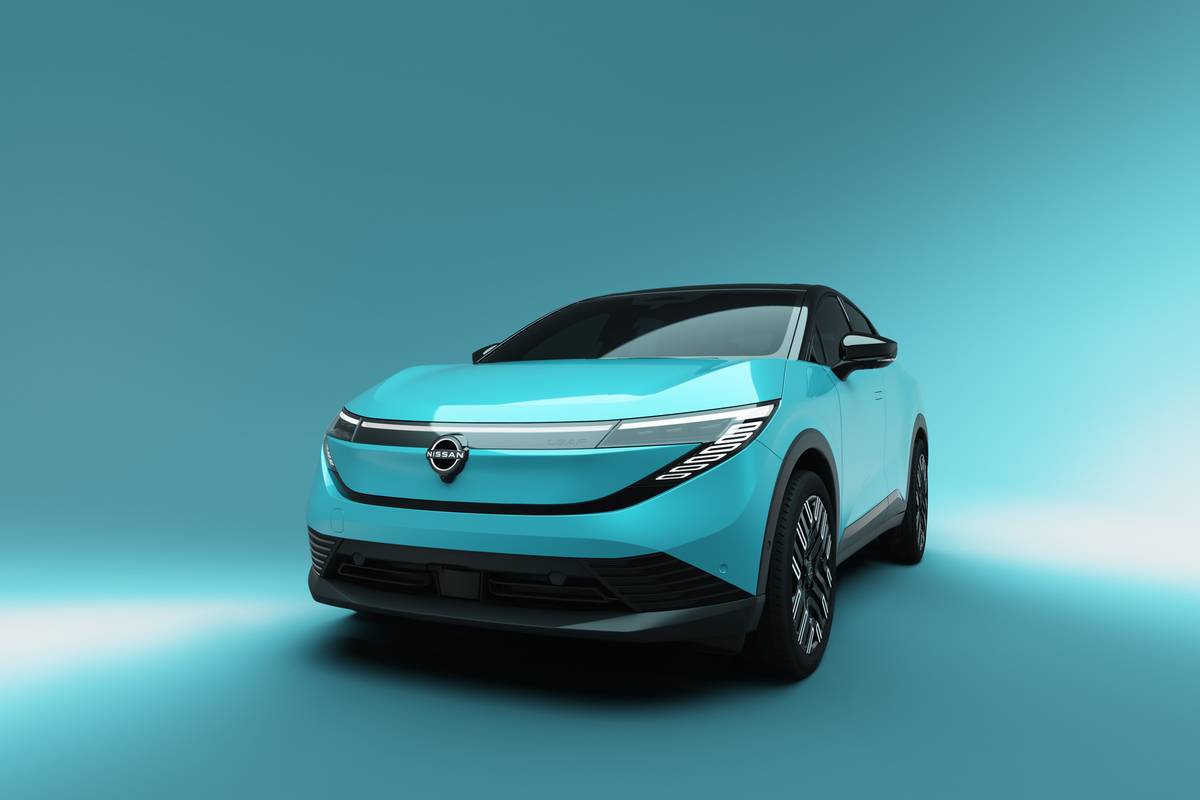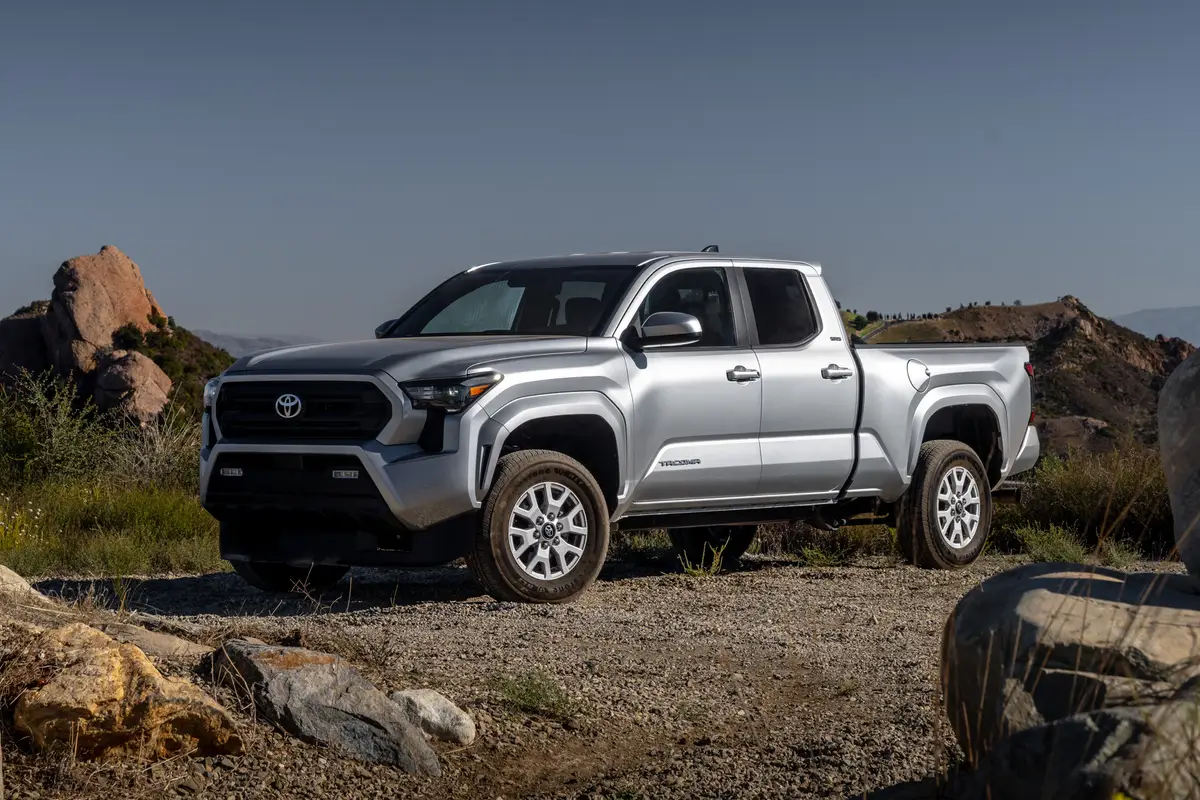Orlando Sentinel's view
Cadillac’s new Seville has left me elated – and a little confused.
I’m elated because I think the Seville has the potential to be a classic.
This is far and away one of the best shapes to roll out of Detroit in 25 years.
Seville’s long, sleek, slender exterior styling has drawn admiration from British, German and Japanese automotive writers. It’s rare when the world’s automotive press agree on a car’s styling. The Seville’s shape is a winner, no doubt about it.
During the week I drove the test Seville, a white STS, people stopped what they were doing in grocery store parking lots, filling stations and traffic lights to ask me about the car. This car made heads turn.
The new Seville could be exactly what Cadillac needs to slow the exodus to foreign luxury cars, and early reports say it is doing just that. Cadillac dealers can’t get enough Sevilles.
So, why the confusion? Wrapped in this classy chassis is an interior that needs a tuneup.
Specifically, electric door locks, instruments and inflatable seat adjustments need to be refined. Quiet quality should have been the watchword. As it is, the locks clunk and the seat wheezes and groans. The instruments don’t measure up to the car’s potential. The choice of some materials and parts is questionable. In short, the interior does not give Cadillac the world-class refinement and engineering offered by other luxury cars.
However, there is a tradeoff. The new Seville costs less than the imports. It is at least $7,000 less than the Lexus LS 400 and as much as $10,000 cheaper than Infiniti Q45 – the two standard-setting luxury cars from Japan. The Seville’s price is more than $20,000 less than a similar-sized Mercedes-Benz S-Class model.
If you can live without state-of-the-art interior refinements and cutting-edge technology in a luxury car, you will find the new Seville satisfying in every regard.
ENGINE, PERFORMANCE
Next to the styling, performance is the Seville’s most appealing feature. The car is fast. Last year’s 4.9-liter, 200-horsepower V-8 is back, and it delivers a 0-to-60 mph time of 8.9 seconds, even though the new car is bigger and heavier than the 1991 model.
Those looking for something a bit more special under the hood may want to consider waiting a year. Cadillac is readying a 32-valve, high-tech V-8 called the Northstar, which is scheduled to replace the engine found in 1992 models. It will develop close to 300 horsepower and should give Cadillac a V-8 of world-class specifications, power and refinement.
The Seville’s exhaust, piped out through four oval chrome tips, is tuned for sportiness, and it growls with authority when the accelerator is pressed. You don’t find the tomblike silence of a Lexus or Infiniti. But that’s not what Cadillac was after. The Seville retains an American character.
Performance does not come at the expense of fuel economy. On a trip to West Palm Beach, the Seville averaged 24.6 miles per gallon at 65 mph with the air conditioning on. In town that figure dropped to 20.4 mpg. These figures are better than any similarly sized import luxury car in its class. The Seville is not assessed with gas-guzzler taxes.
One transmission is available: a computer-controlled four-speed automatic. Shifts are smooth and well-timed. Downshifting to pass slower traffic is a quick and trouble-free maneuver. Driving this car is exhilarating.
STEERING, HANDLING
The Seville’s European influence is more than skin deep. The STS – which sports a higher performance suspension system than the standard model – handles like a German sports sedan.
The power rack and pinion steering is crisp and responsive and gives the driver excellent feel for the road. The turning radius allows for fairly sharp turns.
I took the Seville through some fast maneuvers and was impressed at how well the car kept its poise. It is reassuring to know that the S ville will retain its composure in situations that require fast action.
The Seville is a front-wheel-drive car. Under hard acceleration from a stop the steering can be a little twitchy. It is not torque steer, because the car pulls straight, but Cadillac’s engineers should work to eliminate any trace of drivetrain interference.
Anti-lock brakes are standard, and there are discs front and rear. The brakes work well in normal situations, but an emergency stop causes the front of the car to nosedive a little more than I have experienced on other cars. A recalibration here that gives the rear brakes more stopping power could cure this.
FIT, FINISH, CONTROLS
In my view – which does not coincide with that of most other automotive writers – this is the Seville’s weak point.
For a car so distinct in its exterior styling, I expected an interior just as unique and classy.
But the Seville is loaded with many common, off-the-shelf General Motors parts, and it suffers from a lack of refinement.
To wit: The steering column looks as if it could be right out of a Chevrolet; it doesn’t offer an electrically operated tilt and telescoping function as do the Seville’s chief rivals, the big Lexus and Infiniti cars.
The windshield wiper/cruise control/turn signal lever looks like the one on other GM cars. This single stalk is not easy to use because it houses too many functions.
The sunglasses holder in the roof is from the Pontiac Bonneville. The Delco Gold Series radio contains a standard CD player, but several passengers said it was cheap-looking. It lacked the clarity and punch of a sound system intended for a $40,000 luxury car.
The power door locks are loud and clunky. The inflatable lumbar adjustments in the front seats work well, but they make an awful grinding, gurgling noise.
The test car came with a set of plain, plastic analog instruments suitable for a Chevy Cavalier but not a luxury car of the Seville’s stature.
They’re easy enough to read – they’re just plain. The car needs a set of unique stylized instruments that are luxurious and distinct.
In any case, the instruments are set in a sweeping curvaceous one-piece dash that blends smoothly into the door panels for a modern, streamlined look.
Another gripe concerns the choice of wood for the inlays on the dash and door panels: Cadillac uses a wood called Zebrano that is dark brown with black stripes. Understated elegance – not garish adornment – should have been Cadillac’s aim.
Another gripe involves the small, black temperature sensor for the automatic climate control system. It’s placed in the dash just above the wood. Its placement makes it look as if the wood in the dash doesn’t fit properly.
With these complaints, you might get the impression that the Seville’s interior is an inhospitable place. That’s not the case.
The leather seats are very comfortable. The driving position is excellent. If you like European sports/luxury sedans, you’ll like the Seville’s interior layout. The shifter is placed in a console on the floor, and the controls for the air conditioning and trip’s computer are simple and within easy reach.
Tall people might find leg room a bit tight up front, but rear passengers will find more than enough room. And the rear seats are terrific.
Trunk space is decent and visibility is good.
The lacquer paint job ranks as one of the best I have seen on any car. It was perfect.
My time with the Seville was bittersweet. I loved the styling and all the attention the car attracted, but the interior was a disappointment. However, if Cadillac had not raided the corporate parts bin and had made every piece of the new Seville unique, its price probably would be much higher. It appears as if Cadillac kept the price down by not going the extra mile and making the necessary refinements.
America needs a luxury car that can compete with the new wave f imports, especially the class-leading Lexus and Infiniti cars that have flattened the Europeans and knocked the wind out the sails of American luxury cars.
This year’s Seville gives Cadillac a leap of Grand Canyon-like proportions in the right direction, but I don’t think it will be the car that catapults Cadillac back in front of the luxury car hit parade.
Until Seville gets the distinct and unique touches and world-class interior refinements that it deserves – and that its rivals already have – the job will only be half-done.
Latest news



